Hold the front page: Ford has just pulled the wraps off a new Capri. However, while the original was a svelte coupe, the reborn Ford Capri is – you guessed it – an electric SUV. And more likely to be seen on the school run than skidding around a council estate. Shame.
Whatever you think about the Capri’s comeback, or electric SUVs more generally, the name clearly has plenty of cachet. So what is the enduring appeal?
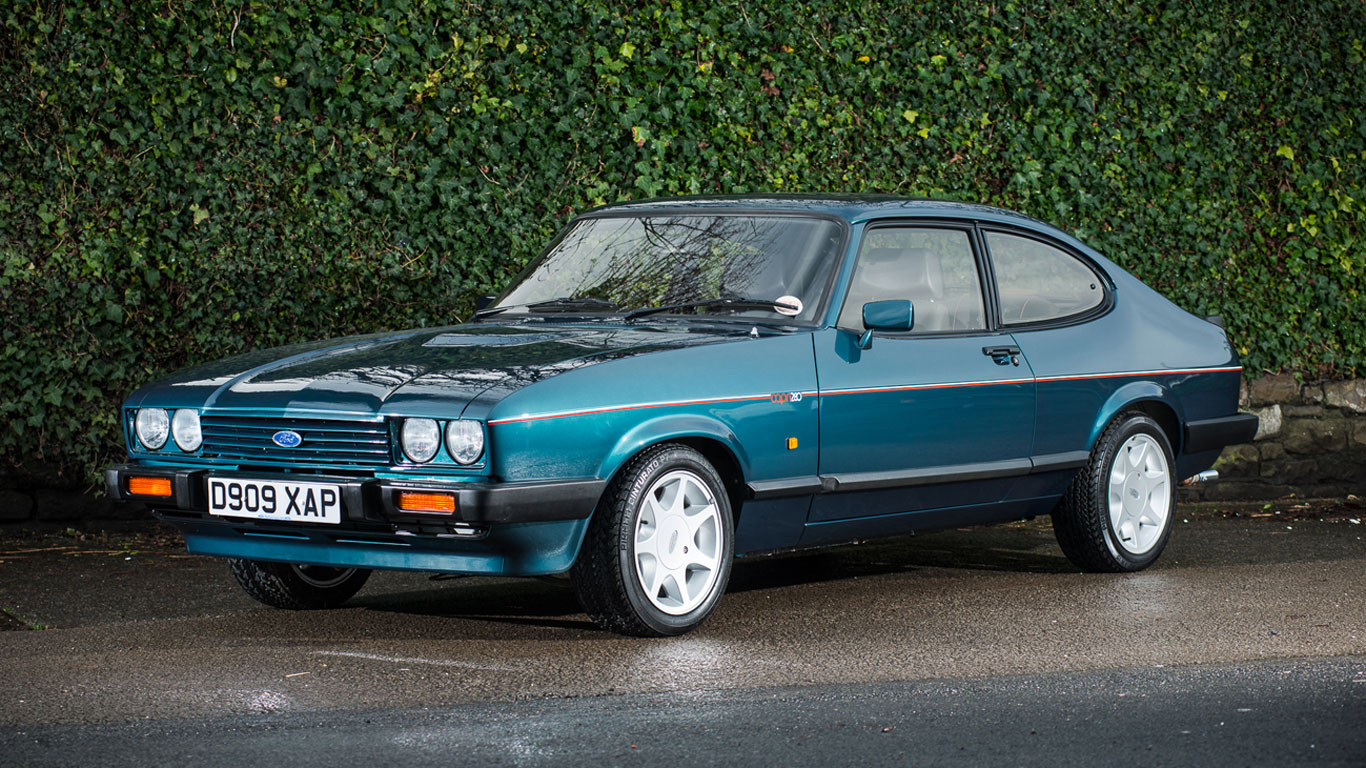
We borrowed one of the last original Ford Capris, a 280 ‘Brooklands’ special edition, from the Great Driving Days fleet to find out. Strap in for an EV-free Retro Road Test…
What are its rivals?
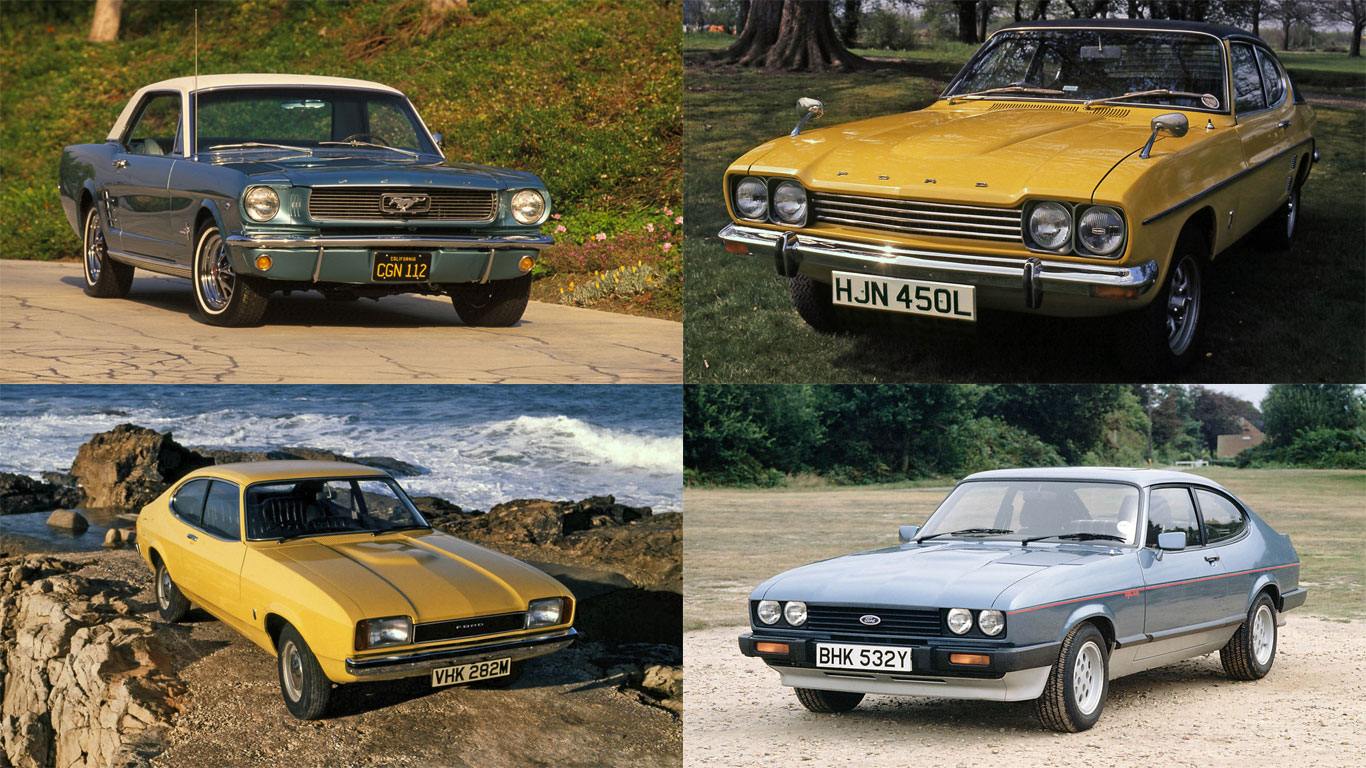
Throughout the 1970s and 1980s, the Capri faced a number of challengers – including the Opel Manta and Toyota Celica. Ford billed it as the ‘car you always promised yourself’ and it was, to all intents and purposes, the European equivalent of the Ford Mustang.
Much like the American pony car, the Capri was based on a more humble platform. So while the Mustang was a Ford Falcon in a fancy dress, the Capri was little more than a Cortina in a posh frock. Nonetheless, it struck a chord with the British motorist: a blue-badged coupe for the blue collar masses.
By the time the last-of-the-line Capri 280 was rolled out in 1987, the car you always promised yourself was becoming a relic in a changing world. Teenage kicks were coming from a new breed of young upstarts in the form of hot hatchbacks, and the Capri was looking well past its sell-by date.
What engine does it use?
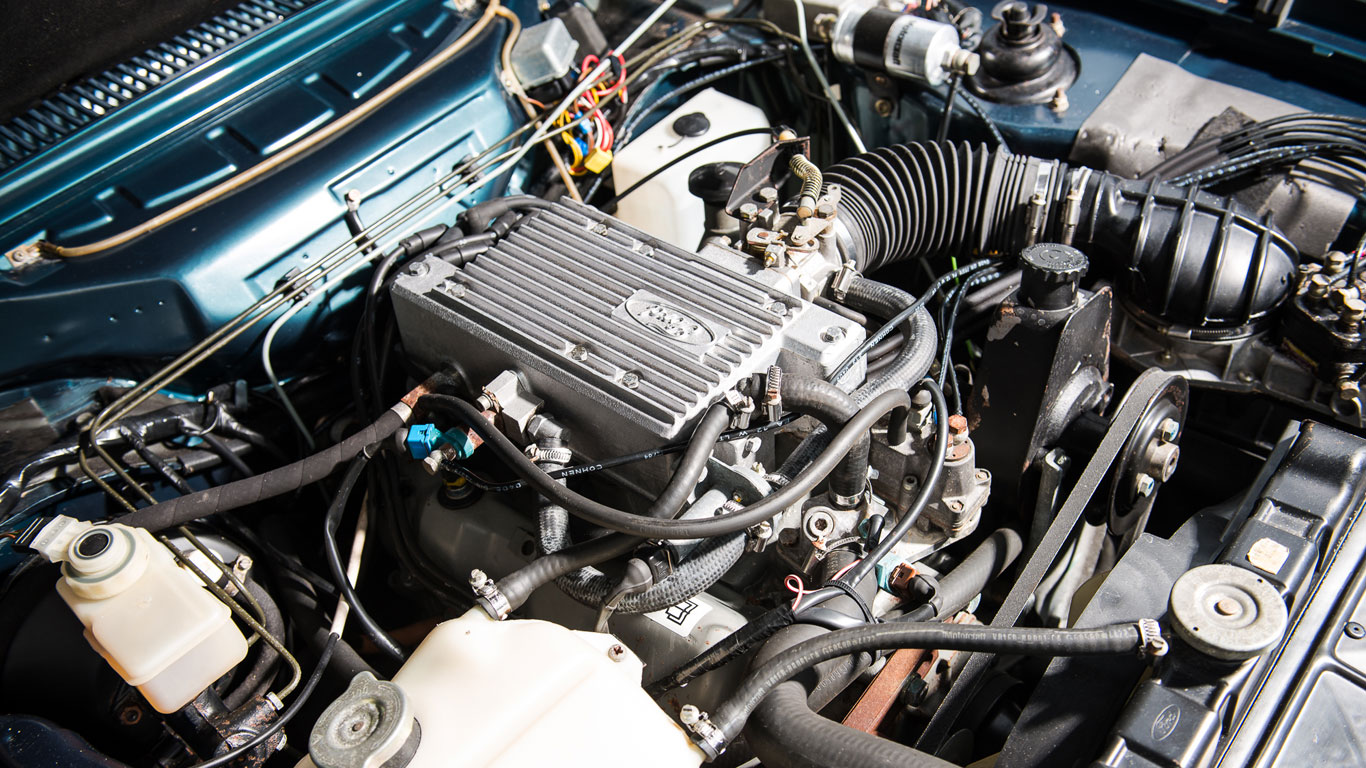
In his excellent book Capri: The Development & Competition History of Ford’s European GT Car, Jeremy Walton credits the 2.8-litre fuel-injected engine as prolonging the life of the Capri. It was left to Ford’s newly-established Special Vehicle Engineering (SVE) to mate the Capri with the Bosch K-Jetronic-injected V6 engine, first seen in the Ford Granada.
It was a match made in heaven, and the 2.8i would evolve from an early four-speed manual into a five-speed 2.8 injection Special, complete with a limited-slip differential. Ford made no mechanical changes to the 280, so 160hp remained the official output.
Ford claimed a top speed of 130mph and a 0-60 time of 7.9 seconds for the original 2.8i, but as Walton explains, the heavier injection Special trim, five-speed gearbox and limited-slip differential would have blunted that performance a little.
What’s it like to drive?
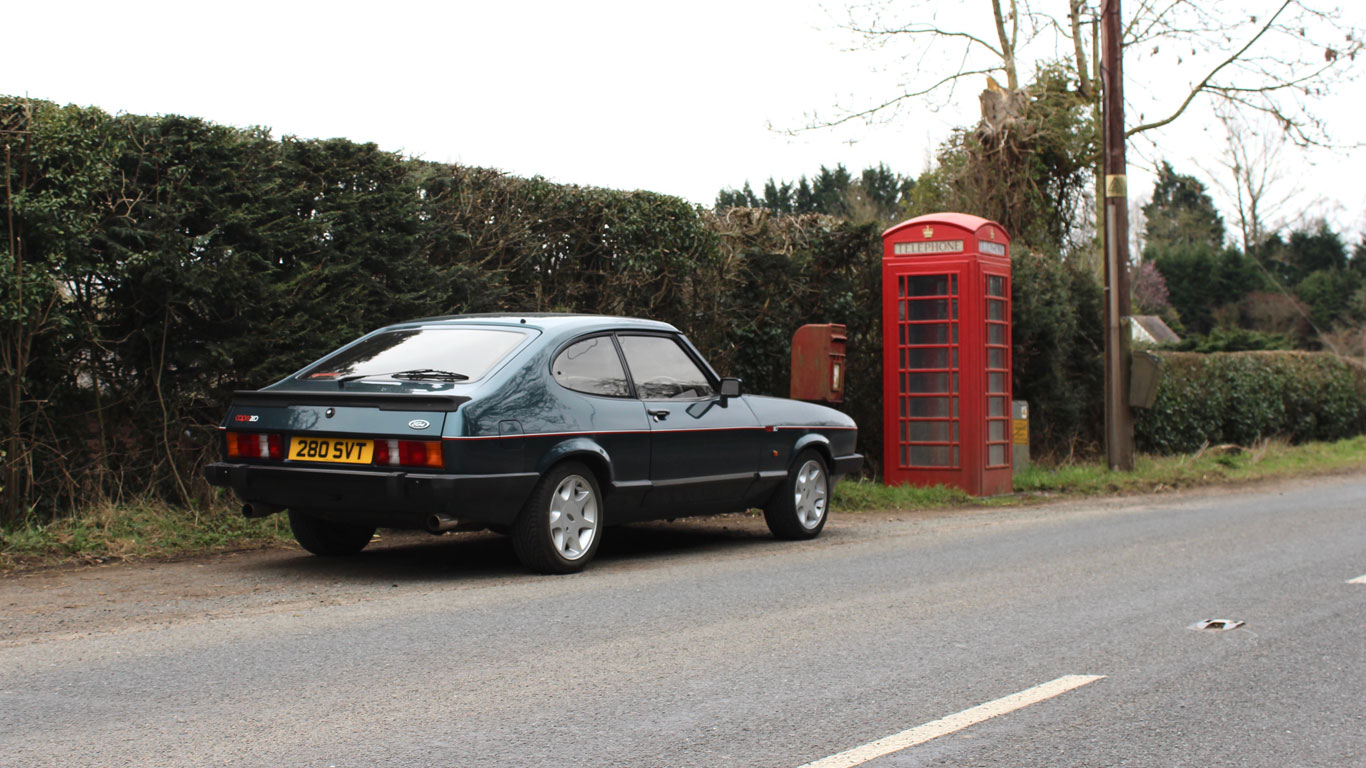
The Capri III was essentially a development of the earlier Capri II, which dated back to 1974. Even in 1987, then, this 280 version would have felt like something from a different era. Yet it was a suitable last hurrah for a much-loved car.
Ford built 1,038 examples of the Capri 280. Each one was painted ‘Brooklands’ green, which is why many people refer to this model as the Capri 280 Brooklands. The driving position is quite unlike anything else on the road, as you peer out across a delightfully long bonnet, complete with its central power bulge.
The Capri rocks from side to side as you blip the throttle, bringing to mind the feeling of being at the wheel of an American muscle car, primed and ready to tame a drag strip. The grey ‘Raven’ leather Recaro seats, contrasted with red piping, are comfortable and supportive.
By today’s standards, the Capri’s performance is timid, verging on lethargic. But it delivers its power with proper grunt and an appropriate soundtrack. This a front-engined, rear-wheel-drive coupe, so it’s not hard to get the tail wagging. Naturally, you have to wind down the window (no electric assistance here) in order to adopt the authentic ‘Capri elbow’ driving position.
Reliability and running costs
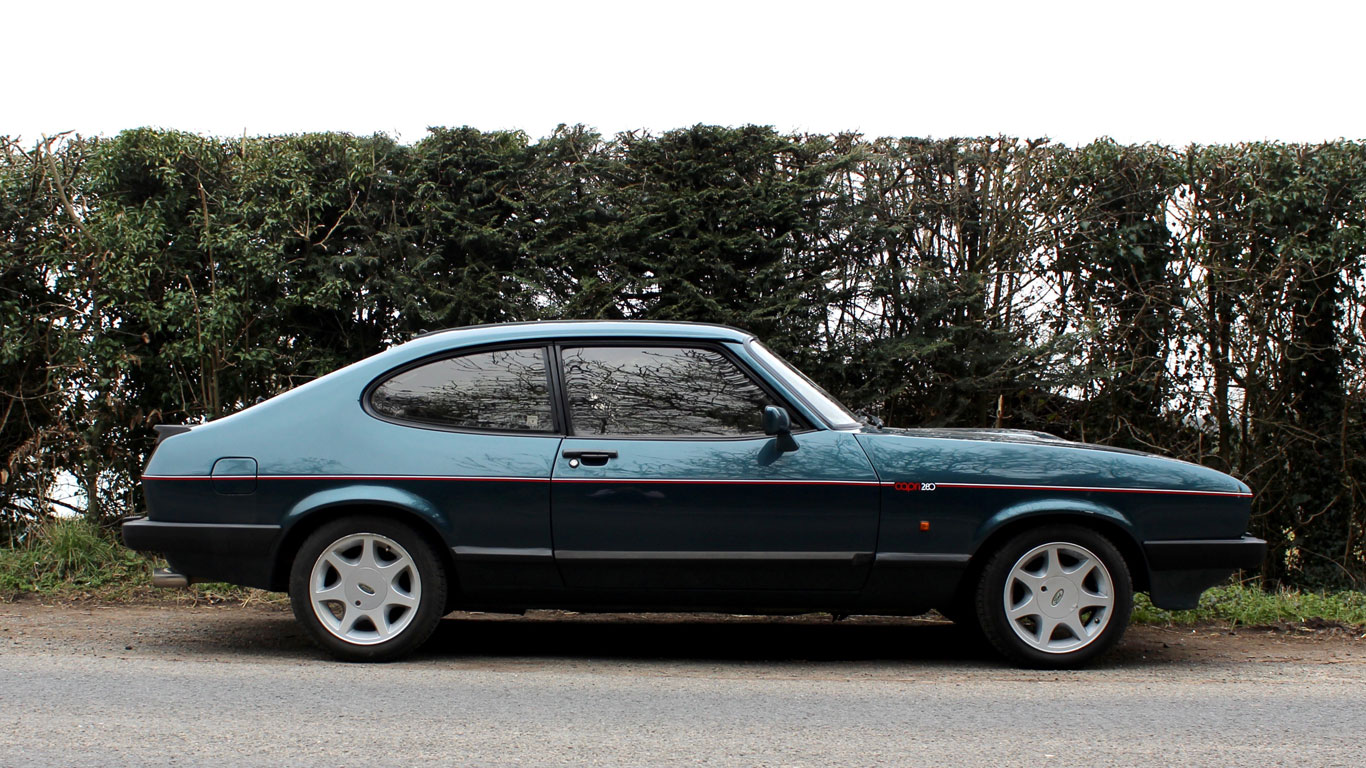
The Ford Capri dates from a time when DIY servicing was commonplace, so it shouldn’t be too hard to keep a 280 on the road. That said, given its rarity, not to mention the associated prices, you’ll want to ensure the car is kept in a condition similar to when it rolled off the Cologne production line.
A well-maintained 2.8-litre V6 engine is likely to be reliable, but regular oil changes are essential. Also check the differential, as a whining noise – experienced on our test car – could result in a costly rebuild.
As for economy, don’t expect to get anything above 25mpg. But seriously, who cares about fuel consumption when you’re at the wheel of a Capri 280? Just sit back and enjoy the drive. With your right elbow resting on the door, obviously.
Could I drive it every day?
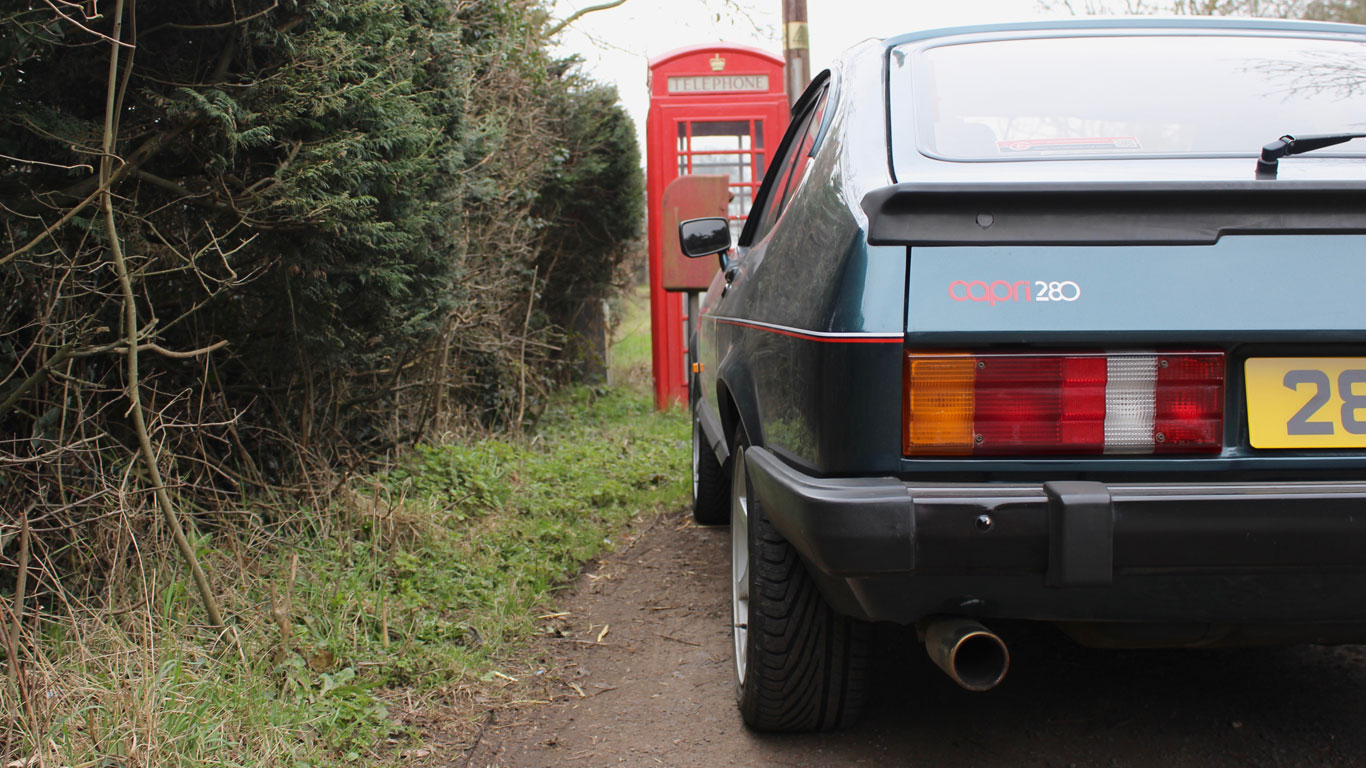
You could, but you probably shouldn’t. At the very least, we’d recommend running a Capri 280 only during summer months, because corrosion can be a constant menace. The front wings, rear wheelarches and bumpers tend to rust for a pastime. Pattern parts are available, but it’s preferable to maintain some originality.
On the plus side, the 280 has enough power to keep up with modern traffic and the Capri entered the new millennium with its reputation restored. Drive one today and you will turn heads.
As we made our way through some quaint towns and villages nestled along the Welsh border, we were greeted with smiles and the occasional thumbs-up. That wouldn’t have happened back in the 1990s.
How much should I pay?
This is the million-dollar question. The almost factory-fresh Ford Capri 280 pictured above was sold by Silverstone Auctions for £54,000, but that’s an extreme case.
The Capri cost a wildly optimistic £11,999 when new, but the Practical Classics price guide now values it at anything between £4,750 and £26,000. You’ll need much deeper pockets to secure a low-mileage example, though.
In any event, a classic Capri is likely to be cheaper – and certainly more fun – than a new electric SUV with the same badge.
What should I look out for?
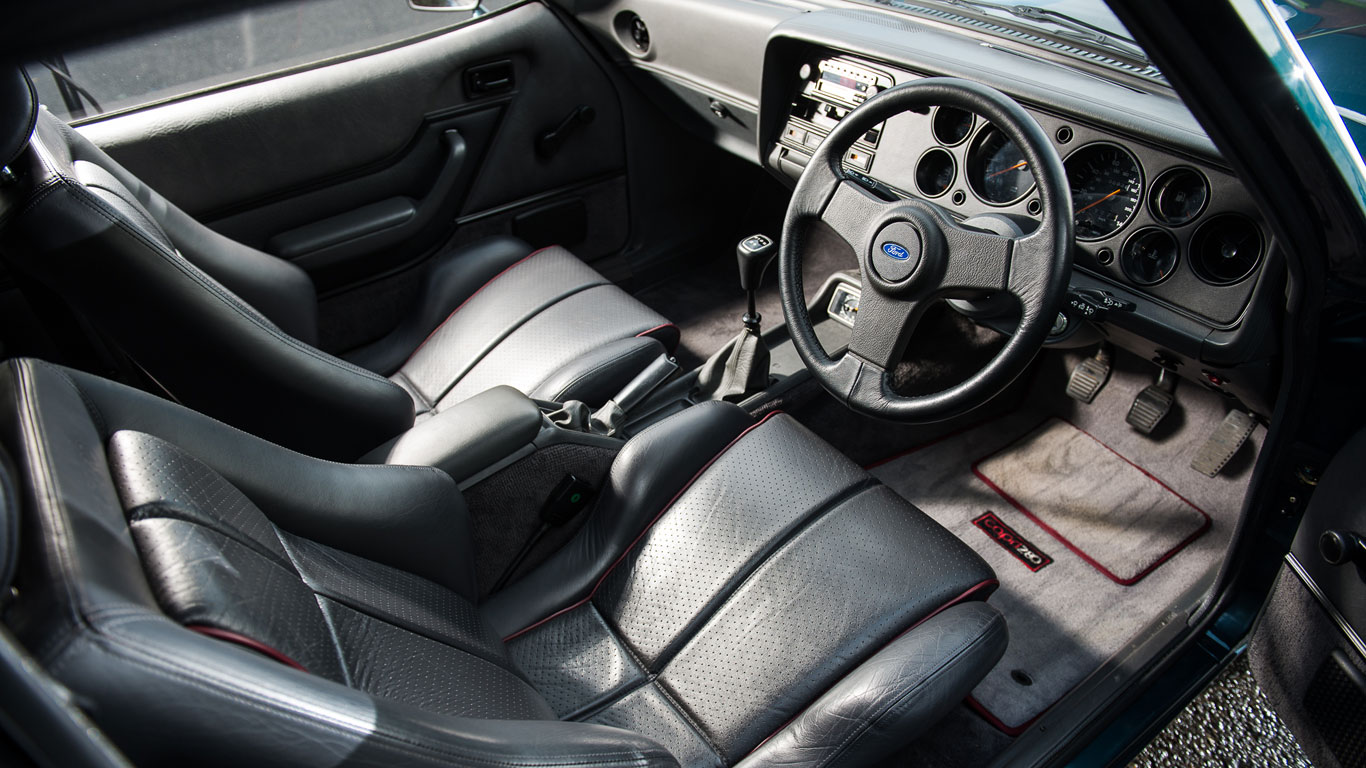
Aside from the issues mentioned earlier, you’ll need to confirm your Capri is a genuine 280. Given the difference in values over a standard Capri 2.8 injection Special, unscrupulous types might try to fake a 280 using Brooklands green paint, a leather interior and a set of 15-inch alloy wheels.
The brooklands280.com website contains a handy tool enabling you to check your build number using the car’s engine or chassis number. Some Capri 280s were squirrelled away for future investment, so don’t be surprised to find low-mileage examples.
Should I buy one?
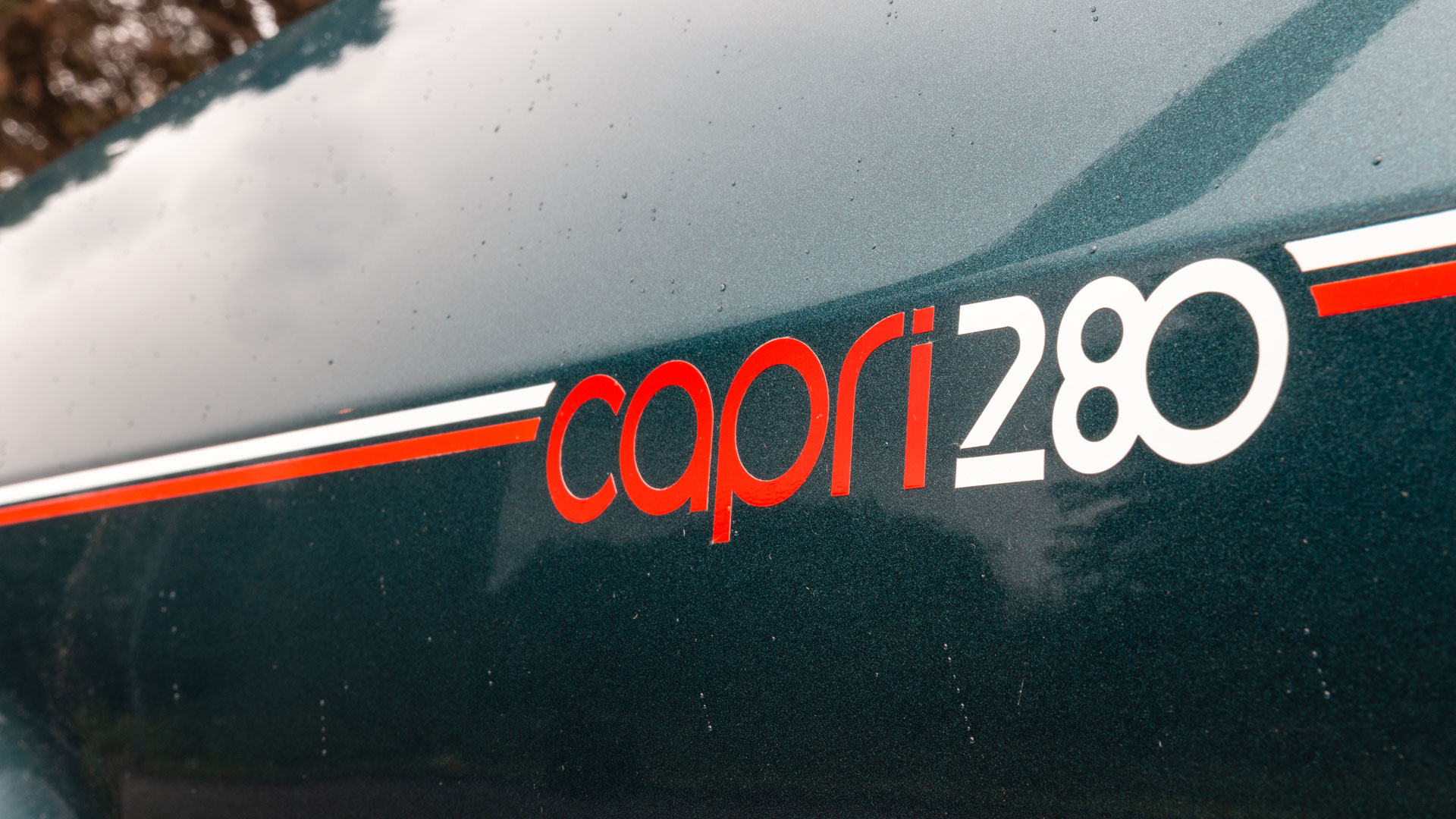
Like so many last-of-the-line models, the Capri 280 was a cosmetic exercise, but it felt like more than a mere marketing special. Many tears were shed when the Capri disappeared from the Ford brochure, so there is a great deal of fondness for the ‘European Mustang’.
Whether or not it is worth spending the extra cash required to secure a 280 over a standard 2.8i is a matter of opinion. You’ll get just as much enjoyment from a Capri 2.8i, but may have to live without the potential for a hefty return on your investment. If we were forced to choose, we’d opt for a mint 2.8 injection Special or an earlier Capri 3.0S.
Pub fact

The Ford Capri 280 was destined to be the Capri 500, until Ford bosses had a change of heart. A run of 500 cars was planned, with the company even going so far as to create ‘Capri 500’ decals.
When Ford realised it had 1,038 bodyshells left, however, it decided to build 1,038 Capri 280s. The very last car built remains part of Ford UK’s heritage collection.



Please stop calling these cars, ‘Brooklands.’ They were never given that title by Ford- they are a, ‘Capri 280.’ Due to the media constantly referring to them as, ‘The Brooklands,’ people now refer to them incorrectly by this title. The reason why Ford built 1038 Capri 280’s was due to them under estimating how many body shells they had left. The original plan to build 500 run out Capris went out the window when Ford discovered that they had over 1000 shells in stock. The Capri 500 was planned to have had a Turbo Technics conversion, electric windows, central locking and gold minilite alloys. Ford dropped these ideas because they weren’t deemed economically viable for such a small production run.
Ford did not have 1000 bodyshells in stock! This is another myth about the 280! One of many!
Ford assembled the bodies as the cars were produced at the start of the assembly line process. Do you have any idea how much space would be required to store complete bodyshells for not only Capri, but also Escorts, Fiestas, Sierras that were produced by Ford’s Niehl factory in Köln?
I have photographs of the capri280 final production showing stillages containing front wings, sides with quarter panels etc awaiting assembly on the line. Also of the once assembled shell being primed then painted. Then the assembly through to complete car.
I was a Ford employee at this time and have visited Ford Niehl, Metternich and Dagenham and seen how cars are built there. So do not believe all the myths circulated by people who do not know the truth!